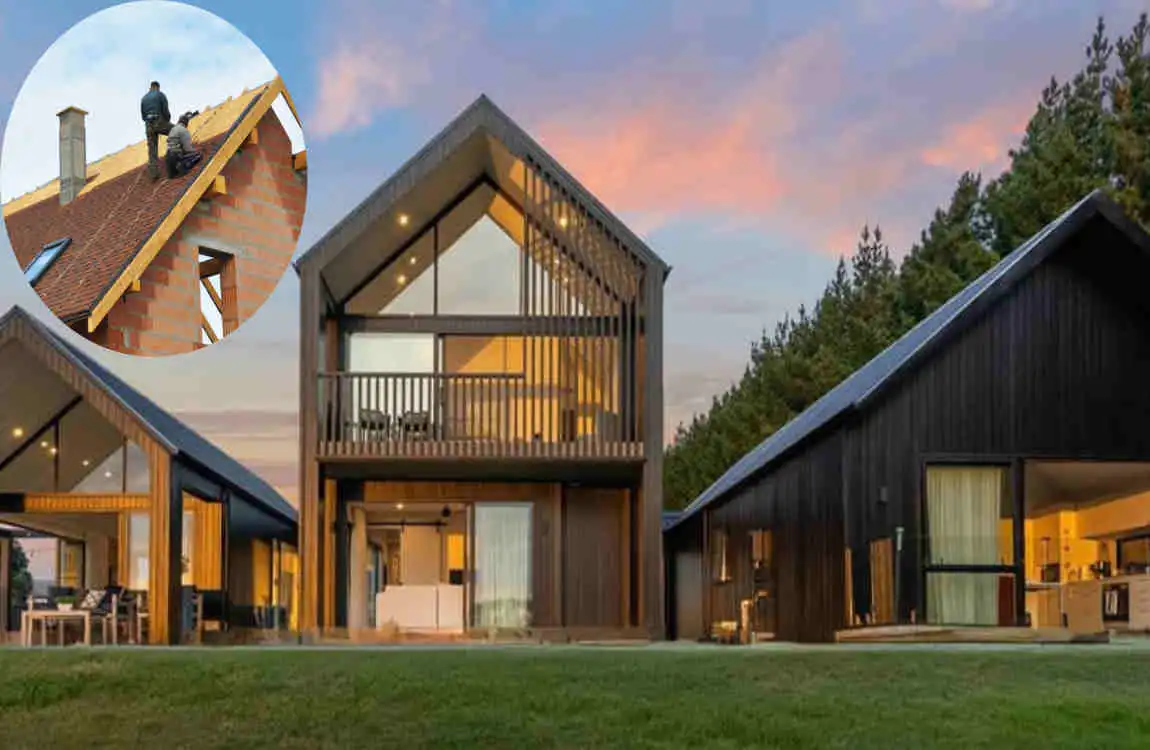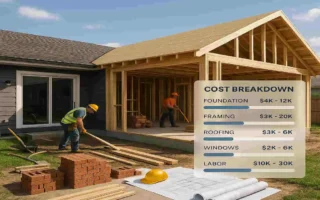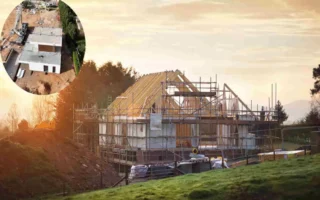Building a home is an exciting venture that requires careful timing and strategic planning to ensure success. Effective timing strategies help manage construction schedules, budgets, and unexpected challenges, allowing the project to progress smoothly from home design to completion. By setting realistic timelines, prioritizing tasks, and anticipating potential delays, homeowners and builders can achieve a successful build while minimizing stress and costly setbacks.
Factors to Consider Before Starting the Building Process

Before diving into the building process, it’s crucial to assess your financial situation. Establish a realistic budget that accounts for materials, labor, and unexpected expenses. This will set the foundation for your project.
Next, think about location. The land you choose can dramatically influence construction costs and timelines. Research zoning laws and potential environmental concerns in the area.
Consider your family’s needs as well. How many bedrooms do you require? What amenities are essential? These decisions should reflect both current lifestyle and future plans.
Don’t forget to gather a reliable team of professionals early on. Architects, contractors, and builders play vital roles in ensuring your vision is realized efficiently.
Understanding local weather patterns can impact your timeline significantly. Be prepared for seasonal challenges that may arise during construction.
Choosing the Right Timing for Your Build
Timing can make or break your building project. It’s not just about the season; it’s also influenced by market trends and personal circumstances.
Spring is a popular choice, with mild weather and longer days. This can boost productivity as crews work efficiently without weather delays. Yet, it’s essential to keep in mind that demand often spikes during this time, potentially leading to higher costs.
You may also read (what materials are used to build a lighthouse).
Summer offers its own advantages. Schools are out, making it easier for families to relocate and oversee construction progress. However, extreme heat can slow down work if precautions aren’t taken.
Fall may be an ideal time for those seeking better pricing due to decreased competition. The cool air allows builders to work comfortably while ensuring materials are appropriately set.
Winter poses challenges but may yield significant savings on labor costs as contractors look for projects during slower months. Assess your priorities carefully before deciding when to begin your build journey.
Advantages of Building in Different Seasons
Building in spring offers fresh beginnings. The weather is mild, making it easier to work outdoors. Plus, longer daylight hours mean extended construction time.
Summer brings its own perks. With school vacations in full swing, families can focus on the project without disrupting daily routines. Materials like concrete cure more quickly in warmer temperatures.
Fall is a favorite for many builders. The cooler air provides comfort during long days of labor. Colors of changing leaves also create a picturesque backdrop for your new home.
Winter isn’t all bad either. While cold weather may slow things down, contractors often have fewer projects lined up during this season. This could lead to better rates and quicker service as crews are eager for work.
Each season has unique benefits that can cater to different needs and preferences when embarking on building your dream home.
Challenges of Building in Certain Seasons

Building during winter can present significant hurdles. Snow and ice often delay construction timelines. Workers may struggle with safety on slick surfaces, leading to potential accidents.
Rainy seasons also pose their own set of challenges. Wet conditions can hinder site access, making it difficult for heavy machinery to operate effectively. Muddy grounds create complications for foundational work.
Summer brings its own risks as well. High temperatures can affect material integrity and worker productivity. Heat exhaustion is a genuine concern that must be managed carefully.
Autumn might seem ideal, but unexpected weather shifts can disrupt progress quickly. Early frosts or sudden storms could throw off your schedule entirely.
Each season has unique obstacles that require careful planning and adaptability from builders and homeowners alike. Understanding these challenges upfront helps in devising effective strategies to keep your project moving forward smoothly.
Tips for Managing the Timeline and Staying on Track
Create a detailed timeline before you start. Break down each phase of construction into smaller tasks. This will help you visualize the entire process.
Next, communicate regularly with your builder and contractors. Frequent check-ins can alert you to potential delays early on. Addressing issues promptly makes a significant difference.
Consider using project management software designed for construction projects. These tools help track progress and manage deadlines more efficiently.
Always have contingency plans in place. Weather delays or supply chain issues can arise unexpectedly, so be prepared to adjust schedules accordingly.
Don’t forget to set realistic expectations for yourself and your contractors. Building a home is a complex journey filled with obstacles that require patience and flexibility. Embrace the experience as it unfolds rather than stressing over every minor hiccup along the way.
You may also read (does a house built in 1986 likely have asbestos).




